How tattoo ink travels in body & its changes with age
To understand how laser tattoo removal works, we must first understand how a tattoo is rendered, how the ink travels in our body, and how it changes over time.
Hyperpigmentation (also known as pigmentation or dark spots) is a harmless but annoying skin condition for many men and women.
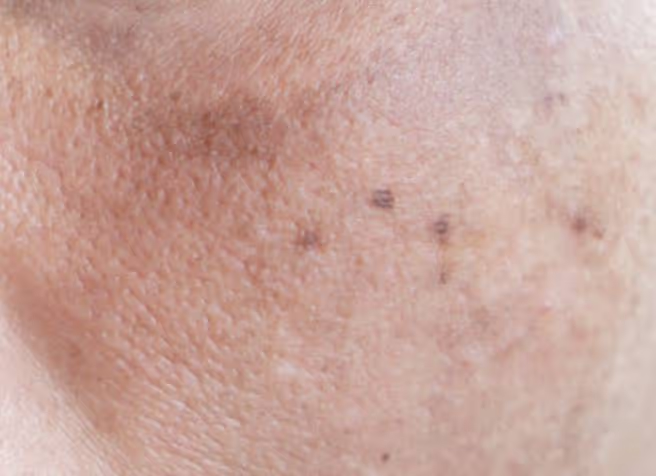
Caused by hormonal changes during pregnancy.

Caused by excess sun exposure.

Frequently associated with skin inflammation such as acne spots and blemishes.
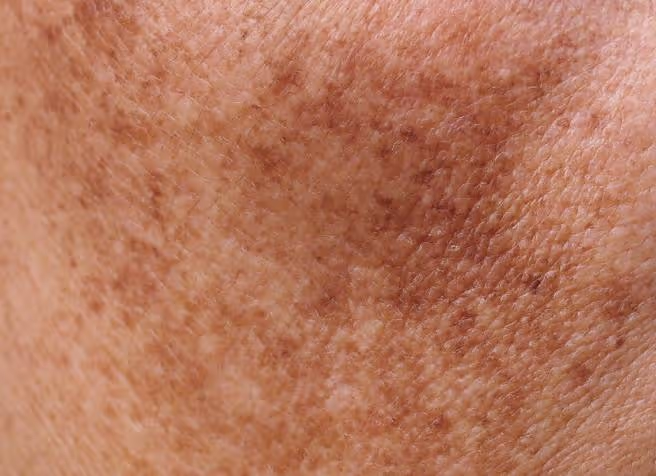
Aka liver spots, they typically appear as flat brown, grey or black spots and vary in size.
More common in older adults.
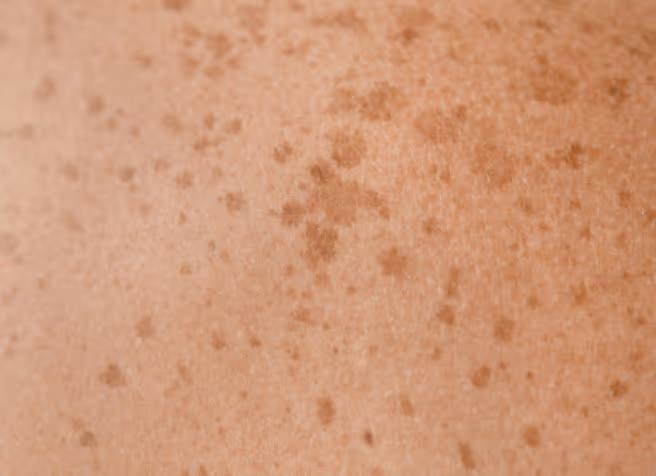
Often appearing in grey/brown patches, these patches are found on the cheeks, forehead and chin.
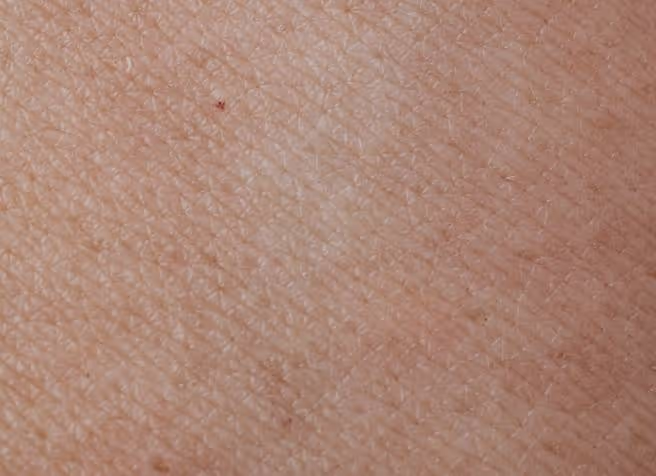
Decreased skin rosiness, increased yellowness and dark look caused by shadows over uneven skin surfaces.
There are various types of hyperpigmentation, and they do not all respond to the same treatment. A correct diagnosis is essential in the prescription of the right treatment.
At Amaris B. Clinic, we practise personalised medicine, where we tailor your treatments, based on your unique skin condition, according to your skin goal and progress.
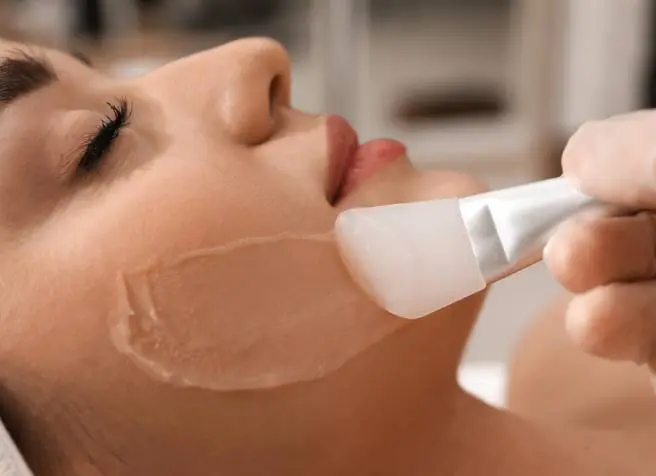
Chemical peeling is a popular, affordable, and generally safe treatment for skin problems such as acne and pigmentation issues[1, 2].
It helps refresh and rejuvenate the skin.
At Amaris B. Clinic, you can find a range of peels using different ingredients and strengths.
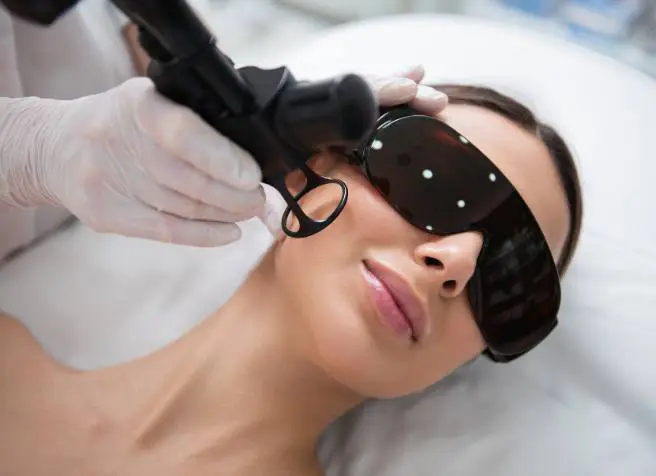
Picosecond lasers create concentrated microspots of energy that can help treat various skin issues.
Besides hyperpigmentation, picosecond lasers have been shown to improve skin concerns like facial ageing, enlarged pores, wrinkles, and atrophic scars[3].

Tranexamic acid (TXA) is more effective than hydroquinone as a topical treatment for melasma[4].
TXA works better when combined with other skincare products, including intralesional injections and microneedling, which have also shown promising results[4].

RF microneedling is a safe and effective skin treatment that can be done multiple times and works well with other procedures, even for people with darker skin.
The results improve gradually over time, continuing to get better for up to 6 months after the treatment[5].
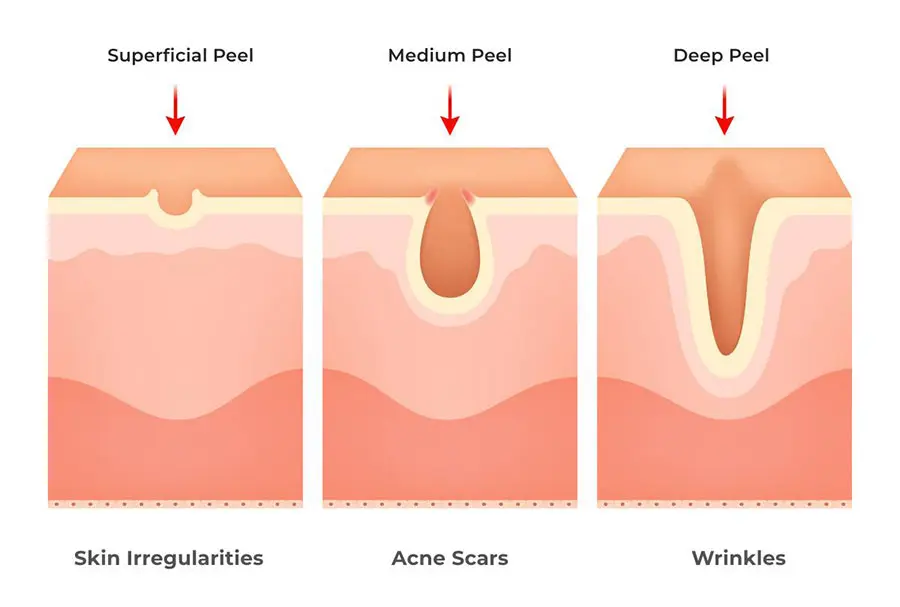
During the treatment, a chemical exfoliating agent (with an active ingredient) is applied to the skin to destroy portions of the epidermis and/or dermis while promoting healthy cell turnover.
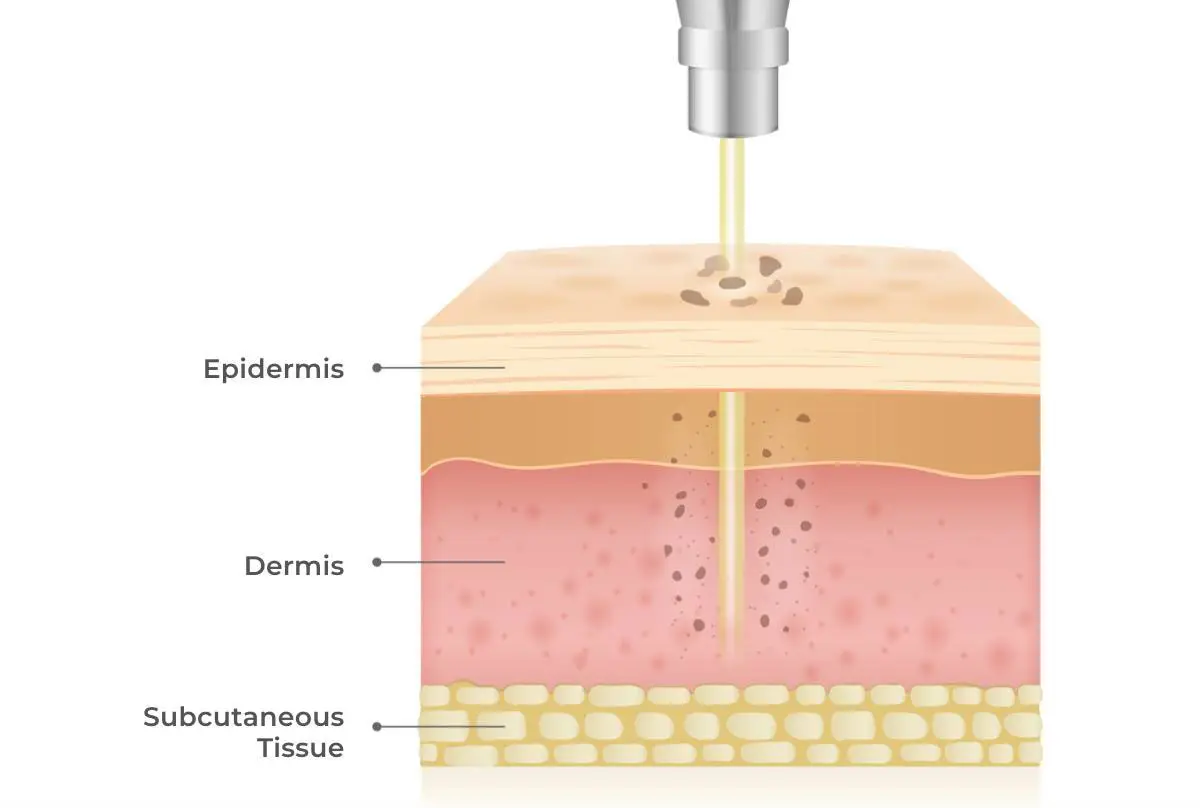
Picolaser delivers extremely short pulses of energy into the skin to break up the pigmentation into microscopic particles, allowing your body to remove them naturally over time.
Picolaser’s ultrashort pulses and the wavelengths work simultaneously to disintegrate pigmentation without causing damage to the skin surface.
This also translates to a faster recovery for the patient.
In Singapore, the Ministry of Health tightly regulates treatment such as lasers. Only registered and certified medical doctors with adequate training can perform the treatment.
Dr Ivan Puah obtained a Graduate Diploma in Family Dermatology from NUS. He has over 20 years of clinical experience treating various skin conditions such as tattoos, hyperpigmentation, acne scars, etc.
Dr Ivan Puah believes in constantly equipping himself with knowledge and skills to provide patient care beyond just medical aesthetics.
Throughout his career, he has separately obtained Graduate Diplomas in various medical disciplines, including Dermatology, Acupuncture, and Sports Medicine.

How do I prevent hyperpigmentation?
What is melasma?
Melasma is a common skin problem, often appearing in grey/brown patches.
These patches are usually found on parts of the face like the cheeks, forehead and chin.
Sun exposure can cause melasma, especially among those genetically predisposed to the condition.
Birth control pills, hormone therapy, and anti-seizure medications can also trigger the condition. In women, pregnancy is also a possible cause.
It is thought that stress results in the overproduction of melanocyte-stimulating hormone (MSH), causing melasma.
Those with thyroid disease also have an increased chance of developing the condition. Rare causes include allergic reactions to medications and cosmetics.
What are freckles?
Freckles commonly appear in areas exposed to the sun and come in small brown spots.
While they are generally harmless, freckles are signs of sun damage on the skin.
Long-term sun exposure is commonly the cause, including exposure to other forms of ultraviolet (UV) light.
Fair-skinned people are generally more susceptible to UV rays and more likely to develop freckles.
Another possible cause is genetics.
Why does melasma occur during pregnancy?
Melasma, or chloasma as it is known during pregnancy, occurs due to hormonal changes in the body.
During this period, there is an increase in melanin production, but it is temporary.
Also known as the “mask of pregnancy”, these dark patches typically appear on the face around the nose, upper lip, cheekbones and forehead in the shape of a mask.
What is the reason for freckles formation?
Freckles are spots that contain melanin, a pigment-protein.
This protein is made by cells known as melanocytes, produced when skin is exposed to UV light to defend against its harmful effects.
In some people, these melanocytes are evenly spread out, resulting in a tanned appearance.
People with fair skin, however, experience a heavy deposit of melanin in one spot in the skin, and these spots are known as freckles.
What is pigmentation?
Pigmentation refers to the natural colour, in this case, of skin.
The resulting issue is known as hyperpigmentation when it is more pronounced or uneven.
Naturally, being by default the skin most exposed to the sun, our face tends to be the most susceptible to hyperpigmentation.
What is skin dullness?
The problem with dull skin is more of the appearance than the skin itself. Skin dullness can be attributed to various factors.
Skincare professionals use “dullness” as a blanket term to describe a decreased skin rosiness, the corresponding increase of yellowness, and the dark look caused by shadows over uneven skin surfaces.
Dull skin is dehydrated and lacks brightness and vigour.
What is the cause of dull skin?
Common factors that cause dull skin include smoking, excessive alcohol consumption, dehydration and poor diet.
Any triggers that deprive your skin of much-needed oxygen and nutrients will dull skin tone.
Lack of exfoliation – the sloughing of dead skin cells off– can also cause dull skin.
Reference
[1] Rendon MI, Berson DS, Cohen JL, Roberts WE, Starker I, Wang B. Evidence and considerations in the application of chemical peels in skin disorders and aesthetic resurfacing. J Clin Aesthet Dermatol. 2010 Jul;3(7):32-43. PMID: 20725555; PMCID: PMC2921757.
[2] Chinese Society of Dermatology, China Dermatologist Association, Chinese Association of Integrative Medicine Board of Dermatovenereology, Ding, Y., Gao, L., He, L., ... & Zeng, W. H. (2024). Expert Consensus on the Clinical Application of Chemical Peels in China (2022)#. International Journal of Dermatology and Venereology, 7, E373-E400.
[3] Zhou Y, Hamblin MR, Wen X. An update on fractional picosecond laser treatment: histology and clinical applications. Lasers Med Sci. 2023 Jan 20;38(1):45. doi: 10.1007/s10103-022-03704-y. PMID: 36658259; PMCID: PMC9852188.
[4] Konisky H, Balazic E, Jaller JA, Khanna U, Kobets K. Tranexamic acid in melasma: A focused review on drug administration routes. J Cosmet Dermatol. 2023 Apr;22(4):1197-1206. doi: 10.1111/jocd.15589. Epub 2023 Jan 6. PMID: 36606378.
[5] Tan MG, Jo CE, Chapas A, Khetarpal S, Dover JS. Radiofrequency Microneedling: A Comprehensive and Critical Review. Dermatol Surg. 2021 Jun 1;47(6):755-761. doi: 10.1097/DSS.0000000000002972. PMID: 33577211.

Dr Ivan Puah's novel 360° Glandular Tissue Dissection (360°GTD®) technique minimises surgical invasiveness while achieving cosmetic results.


Dr Ivan Puah's novel 360° Glandular Tissue Dissection (360°GTD®) technique minimises surgical invasiveness while achieving cosmetic results.


Dr Ivan Puah's novel 360° Glandular Tissue Dissection (360°GTD®) technique minimises surgical invasiveness while achieving cosmetic results.
